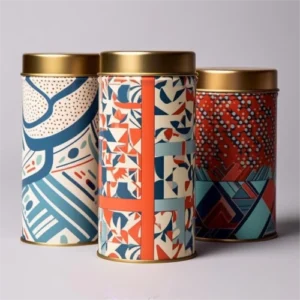Buying Guideline: How to Choose the Right Tins for Your Packaging Needs
Tin metal packaging has become a popular choice across various industries, from food and beverages to cosmetics and promotional items. Choosing the right tin for your packaging needs is crucial to ensure product protection, enhance brand identity, and meet consumer preferences. This comprehensive guide will help you navigate the key considerations and options available, enabling you to make an informed decision that best suits your business needs.
In today’s competitive market, packaging plays a critical role in the success of a product. Beyond just holding the product, the packaging is often the first point of interaction between a brand and its customers. Tin packaging, known for its durability, versatility, and aesthetic appeal, offers an excellent solution for businesses looking to protect their products and stand out on the shelf.
Understanding Your Packaging Requirements
Before diving into the specifics of tin packaging, it’s essential to clearly define your packaging requirements. This will guide your decision-making process and ensure that the tin packaging you choose is perfectly suited to your product and brand.
Product Type
The type of product you are packaging will significantly influence your choice of tin. For example:
- Food and Beverages: Require tins that provide airtight seals to preserve freshness.
- Cosmetics: Need tins that protect against moisture and light while offering an attractive, premium look.
- Candles: Benefit from tins that can withstand heat and are aesthetically pleasing.
Target Audience
Consider who your customers are and what they value in packaging. If your target market is eco-conscious, for example, they may prefer recyclable or reusable tins. On the other hand, if your product is a luxury item, high-end finishes and custom designs may be more appealing.
Brand Identity
Your packaging should reflect your brand’s identity. If your brand is known for being eco-friendly, minimalist, or luxurious, your tin packaging should communicate these qualities. The packaging is an extension of your brand and plays a significant role in how customers perceive your product.
Key Factors to Consider When Choosing Tin Packaging
With a clear understanding of your packaging requirements, it’s time to delve into the specific factors that will help you choose the right tin packaging.
Material Quality
The material of the tin is fundamental to its performance and appearance. The most common materials used for tin packaging are tinplate and aluminum.
- Tinplate: A thin steel sheet coated with tin, offering excellent strength and corrosion resistance. Tinplate is ideal for products that require robust protection, such as food and cosmetics.
- Aluminum: Lightweight and corrosion-resistant, aluminum is often used for products where weight is a consideration, such as travel-sized items or promotional packaging.
Ensuring that your tins are made from high-quality materials is essential for maintaining product integrity and ensuring customer satisfaction.
Size and Shape
The size and shape of the tin must align with your product’s dimensions and usage. Here are some considerations:
- Round Tins: Commonly used for food items like cookies and candies, as well as candles.
- Square and Rectangular Tins: Often used for tea, coffee, and luxury gift sets.
- Custom Shapes: If your brand requires a unique or eye-catching design, custom-shaped tins can help your product stand out.
Selecting the right size is crucial not only for functionality but also for minimizing waste and reducing shipping costs.
Closure Type
The closure type of your tin is vital for both functionality and consumer convenience. Common closure types include:
- Hinged Lids: Offer easy access and are ideal for products that are frequently opened and closed, such as mints or small snacks.
- Screw Tops: Provide a secure seal, making them suitable for products like spices, creams, and ointments.
- Slip Lids: Easy to open but less secure, slip lids are often used for items like candles or promotional gifts.
Choosing the right closure type ensures that your product is protected while providing ease of use for the customer.
Decoration and Finishing Options
The finish of your tin can greatly enhance its visual appeal and brand presence. Several decoration techniques are available:
- Lithography: A popular printing method that allows for high-quality, full-color designs directly on the tin.
- Embossing and Debossing: Add texture and dimension to your tin by raising or recessing specific areas of the design.
- Coatings: Options like matte, glossy, or food-safe coatings can be applied to the tin’s surface to achieve the desired look and feel.
These finishing options not only enhance the appearance of the tin but also contribute to brand recognition and customer appeal.
Customization Options
Customizing your tins with your brand’s logo, colors, and designs is a powerful way to differentiate your product. Many tin manufacturers offer a range of customization options, allowing you to create packaging that is uniquely yours.
- Branding: Incorporating your logo and brand colors can make your product instantly recognizable.
- Design Elements: Adding custom designs or artwork can enhance the tin’s appeal and align with your marketing strategy.
Customization not only adds to the visual appeal of your packaging but also strengthens your brand identity in the market.
Special Considerations for Specific Industries
Different industries have specific packaging requirements, and understanding these can help you choose the right tin for your product.
Food and Beverage Packaging
When it comes to food and beverage packaging, the primary considerations are safety, freshness, and regulatory compliance.
- Food-Grade Materials: Ensure that the tin is made from food-grade materials that prevent contamination and preserve the taste and quality of the product.
- Airtight Seals: Essential for preventing spoilage and maintaining freshness, especially for products like tea, coffee, and baked goods.
- Regulatory Compliance: Packaging must comply with food safety regulations, which often include requirements for materials, labeling, and testing.
Cosmetic and Personal Care Packaging
Cosmetic packaging needs to protect the product while also enhancing its appeal.
- Protection from Moisture and Light: Many cosmetics are sensitive to environmental factors, so tins must provide a barrier against moisture and light.
- Premium Finishes: A high-quality finish can elevate the perceived value of the product, making it more attractive to consumers.
Cannabis and CBD Packaging
Cannabis products have unique packaging requirements due to legal and safety considerations.
- Child-Resistant Features: Many jurisdictions require child-resistant packaging for cannabis products to prevent accidental ingestion.
- Discreet and Secure Packaging: Tins that offer a secure closure and discreet design can help protect the product and maintain consumer privacy.
Gift and Promotional Packaging
Gift and promotional items often require packaging that is both functional and visually appealing.
- Custom Designs: Creating a custom tin that reflects the occasion or brand can enhance the gifting experience.
- Visually Appealing Finishes: Eye-catching designs and finishes can make your product stand out as a premium gift option.
Sustainability in Tin PackagingAs consumers become more environmentally conscious, the demand for sustainable packaging solutions has grown. Tin packaging offers several advantages in this area.Eco-Friendly Materials
Tins are typically made from recyclable materials, making them an eco-friendly choice. Unlike plastic, which can take hundreds of years to decompose, tin is easily recyclable and can be repurposed indefinitely.
- Recyclable and Reusable: Tins can be recycled or reused, reducing waste and environmental impact.
- Minimal Waste Production: The production process for tinplate and aluminum is efficient, generating minimal waste.
Choosing sustainable materials not only helps the environment but also aligns with consumer preferences, enhancing your brand’s reputation.
Consumer Preferences
Modern consumers are increasingly prioritizing sustainability in their purchasing decisions. By choosing eco-friendly tin packaging, your brand can appeal to these values and build stronger customer loyalty.
- Positive Brand Image: Sustainable packaging can enhance your brand’s image as environmentally responsible, attracting eco-conscious consumers.
- Increased Brand Loyalty: Brands that demonstrate a commitment to sustainability are more likely to build long-term relationships with custome
Working with a Tin Packaging Manufacturer
Partnering with the right tin packaging manufacturer is crucial to ensuring the quality and success of your packaging.
Finding the Right Partner
When selecting a tin packaging manufacturer, consider the following factors:
- Experience: Look for a manufacturer with a proven track record in producing high-quality tins for your industry.
- Capabilities: Ensure the manufacturer has the necessary equipment and expertise to meet your customization and production needs.
- Communication: A good manufacturer should be easy to communicate with and willing to collaborate on design and production.
Choosing a manufacturer that aligns with your needs and expectations is key to achieving the best results.
Custom vs. Stock Tins
Depending on your requirements, you may choose between custom-designed tins and ready-made stock options.
- Custom Tins: Offer complete control over design, size, and finishes, but may have higher costs and longer lead times.
- Stock Tins: Provide a quicker and more cost-effective solution, though with limited design options.
Understanding the pros and cons of each option will help you make an informed decision based on your budget and timeline.
Order Quantities and Lead Times
Understanding minimum order quantities (MOQs) and lead times is essential for planning your production and distribution.
- Minimum Order Quantities (MOQs): Manufacturers often have MOQs, which can affect your decision depending on the scale of your operation.
- Lead Times: Planning for production and delivery timelines

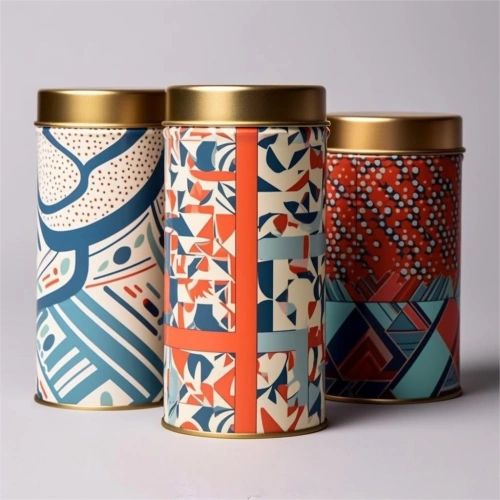
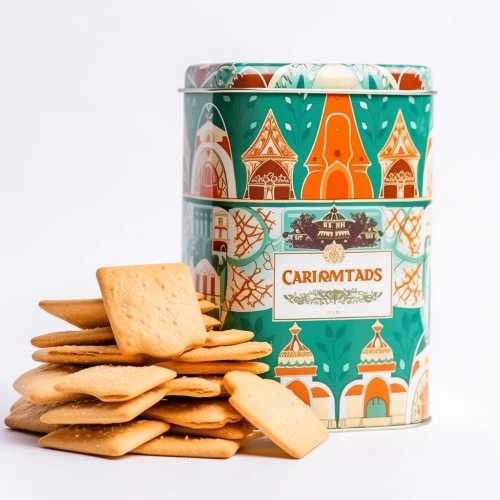


![CR tin Secure and Stylish Child-Resistant Tin Packaging for Safe Storage At [Your Company Name], we specialize in innovative child-resistant tin packaging solutions designed to meet the highest safety standards while enhancing your brand's visual appeal. Our child-proof tins are perfect for a variety of industries, including pharmaceuticals, cannabis, and household products, ensuring that safety and functionality go hand in hand. Our child-resistant containers are crafted with precision, employing a patented locking mechanism that is simple for adults to use but challenging for children, effectively reducing the risk of accidental access. Each tin is constructed using high-quality, durable materials that offer excellent protection against contamination and damage, making them ideal for both child-safe packaging and adult use. Safety is at the forefront of our design process, but we do not compromise on aesthetics. We offer custom tin packaging options that allow you to tailor the look and feel of your products to match your brand identity. With advanced printing and embossing techniques, your packaging is not just secure but also visually appealing, enhancing shelf presence and consumer attraction. Our tins are also environmentally friendly, aligning with current trends in sustainable packaging. They are reusable and recyclable, supporting your company's green initiatives. Choose from a variety of sizes and shapes to fit your specific needs, whether for cannabis packaging, pharmaceutical containers, or any other products requiring stringent safety measures. By choosing [Your Company Name], you are opting for child-resistant packaging that protects your products and your end users. Our tins meet all regulatory requirements for child-resistant effectiveness, providing you with peace of mind and your customers with safe, accessible solutions. Keywords: child-resistant tin packaging, child-proof tins, child-safe packaging, custom tin packaging, sustainable packaging, cannabis packaging, pharmaceutical containers.](https://goldentinbox.com/wp-content/uploads/2024/05/CR-tin-goldentinbox-2-s.webp)
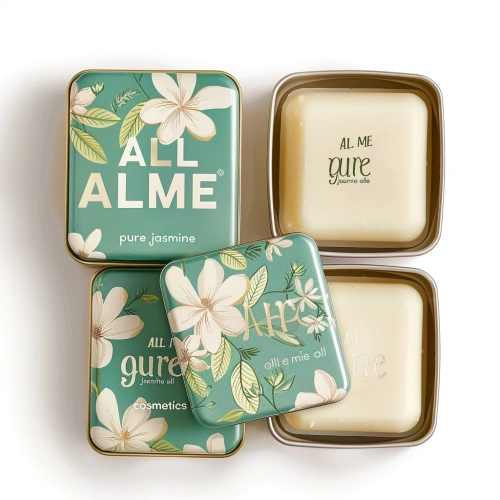
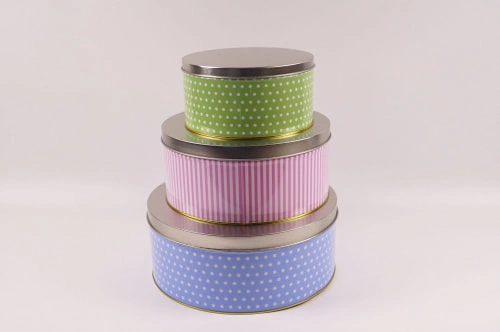

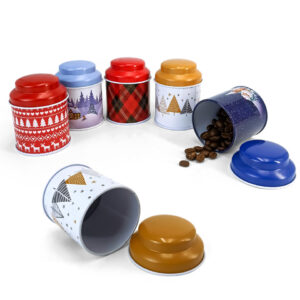

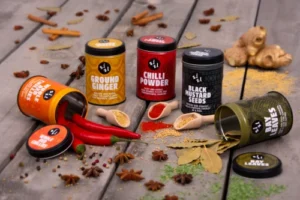
![CR tin Secure and Stylish Child-Resistant Tin Packaging for Safe Storage At [Your Company Name], we specialize in innovative child-resistant tin packaging solutions designed to meet the highest safety standards while enhancing your brand's visual appeal. Our child-proof tins are perfect for a variety of industries, including pharmaceuticals, cannabis, and household products, ensuring that safety and functionality go hand in hand. Our child-resistant containers are crafted with precision, employing a patented locking mechanism that is simple for adults to use but challenging for children, effectively reducing the risk of accidental access. Each tin is constructed using high-quality, durable materials that offer excellent protection against contamination and damage, making them ideal for both child-safe packaging and adult use. Safety is at the forefront of our design process, but we do not compromise on aesthetics. We offer custom tin packaging options that allow you to tailor the look and feel of your products to match your brand identity. With advanced printing and embossing techniques, your packaging is not just secure but also visually appealing, enhancing shelf presence and consumer attraction. Our tins are also environmentally friendly, aligning with current trends in sustainable packaging. They are reusable and recyclable, supporting your company's green initiatives. Choose from a variety of sizes and shapes to fit your specific needs, whether for cannabis packaging, pharmaceutical containers, or any other products requiring stringent safety measures. By choosing [Your Company Name], you are opting for child-resistant packaging that protects your products and your end users. Our tins meet all regulatory requirements for child-resistant effectiveness, providing you with peace of mind and your customers with safe, accessible solutions. Keywords: child-resistant tin packaging, child-proof tins, child-safe packaging, custom tin packaging, sustainable packaging, cannabis packaging, pharmaceutical containers.](https://goldentinbox.com/wp-content/uploads/2024/05/CR-tin-goldentinbox-2-s-300x199.webp)
